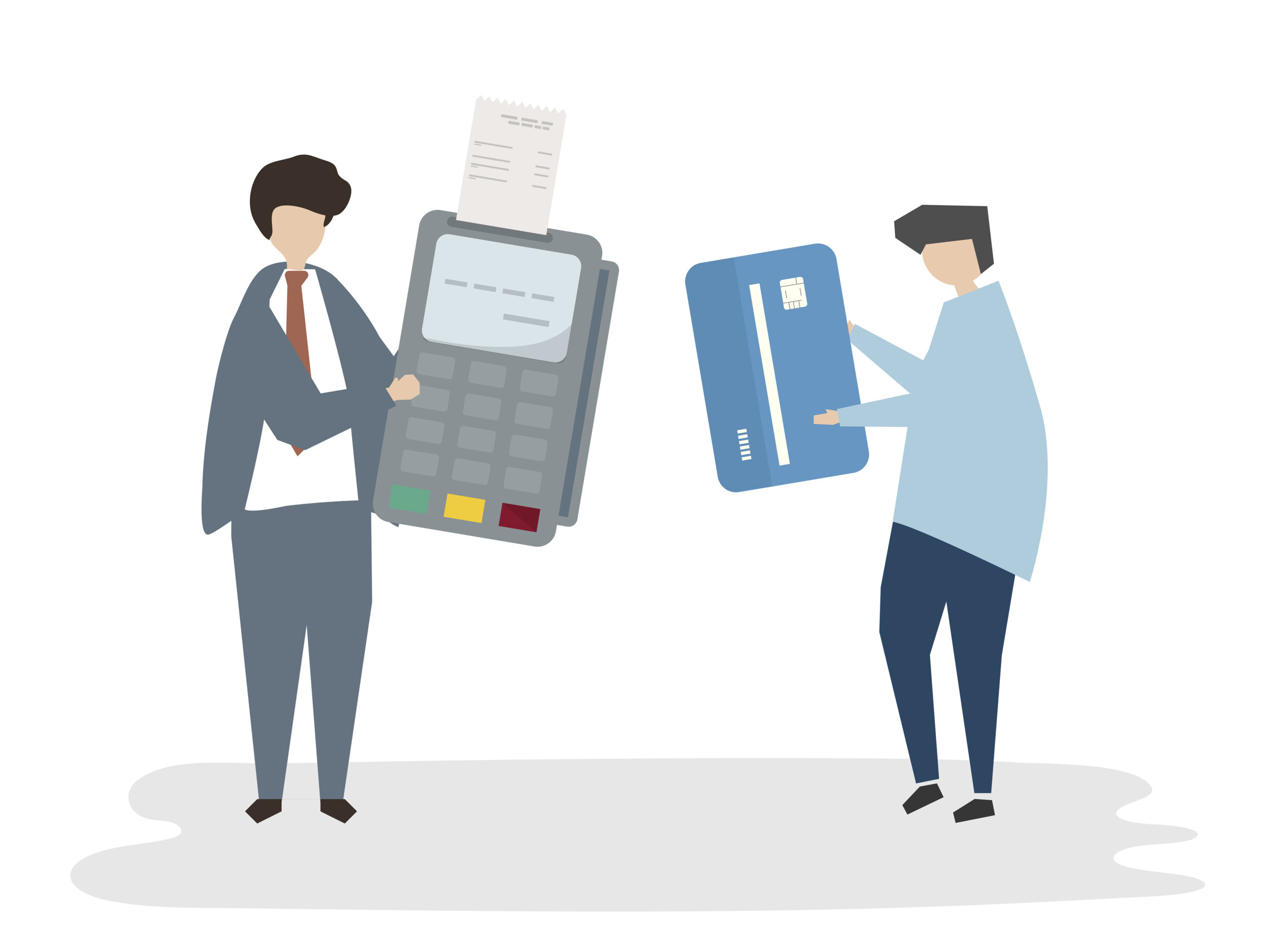When a credit card payment fails, the problem isn’t always what it seems. A customer who forgot to update an expired card required a completely different approach than someone who deliberately maxed out their limit with no intention of paying. Yet many businesses treat all delinquencies the same way, which wastes resources on aggressive tactics for salvageable relationships while being too lenient with intentional fraudsters.
The good news? Understanding the type of delinquency is the difference between recovering revenue and writing it off. As a specialized BPO company, we’ve seen how this guide’s four types of credit card delinquency and the targeted strategies maximize recovery rates for each.
Contents
What are the different types of credit card delinquency?
Before you can execute credit card recovery effectively, you need to know what you’re dealing with. Categorizing delinquency by its root cause is the first step to an effective recovery strategy.
1. Technical/Administrative Failures
Cause: Expired cards, fraud alerts or payment processing errors
Customer state: Completely unaware of the issue and willing to pay once notified
Recovery goal: Simple notification with a frictionless payment update process that removes all barriers to completion
2. Temporary Financial Hardship
Cause: Job loss, medical emergencies, unexpected expenses disrupting cash flow
Customer State: Willing to pay but temporarily unable due to circumstances beyond their control, but are typically responsive to outreach and eager to find solutions
Recovery Goal: Empathetic communication, offering flexible payment plans or hardship programs that accommodate their current situation
3. Chronic Financial Distress
Cause: Overextended across multiple debts with limited resources
Customer State: May genuinely intend to pay but lacks the financial means. Their payment history shows patterns of inconsistency across multiple creditors.
Recovery goal: Realistic settlement offers or structured long-term payment arrangements that acknowledge their constrained financial capacity.
4. Intentional Default
Cause: Acquired credit with no intention to repay or engaged in “bust-out” schemes designed to exploit credit systems.
Customer state: Unreachable through standard channels, provides false or misleading information, and actively avoids all contact attempts.
Recovery goal: Escalation to legal action and/or third-party collections with documentation for potential fraud prosecution
After understanding these categories, the next step is to look at the key indicators that reveal the true nature of each delinquency.

How to Identify the Type of Delinquency?
Payment history
A sudden stop after consistent payments suggests hardship or life changes. Never paying from the start indicates potential fraud or acquisition with no intent to honor obligations.
Communication Responsiveness
Customers experiencing genuine hardship typically respond to outreach and provide explanations, often proactively reaching out themselves. Intentional defaulters ignore calls, emails, and letters systematically.
Account Behavior
Maxing out a credit line immediately before default is a significant red flag. Multiple cash advances right before going delinquent, combined with sudden large purchases, suggest premeditated fraud or bust-out schemes.
External data
Address changes without notification, multiple recent credit inquiries across numerous lenders, or suddenly unreachable contact information signal chronic debt problems or intentional evasion tactics.
It’s usually the first 60 to 90 days of delinquency that reveal the pattern. Responsive customers with logical explanations need assistance. Unresponsive customers who’ve taken active steps to disappear require firm action.
With this framework in place, the right recovery strategy can be applied to each delinquency type.
Tailored Recovery Strategies for Each Type
A one-size-fits-all approach to credit card recovery wastes time and damages relationships, so it is important to approach each type with tailored strategies.
For technical failures
Deploy automated, helpful SMS and email reminders with direct payment links. Keep messaging simple and solution-focused. Recovery rates are high with minimal efforts, making this the most cost-effective segment to address.
For temporary hardship
Use empathetic phone calls from trained representatives who understand the human element behind the numbers. Offer payment plans, temporary forbearance, or hardship programs. This approach preserves customer relationships while securing eventual payment, resulting in customers who become more loyal after you’ve helped them through difficult times.
For chronic distress
Present clear, firm settlement offers or extended payment terms with realistic expectations. The goal is achieving recovery on a portion of the debt rather than pursuing the full balance unsuccessfully, which wastes resources and damages goodwill.
For intentional default
Escalate immediately to formal demand letters, credit bureau reporting and legal action. Allocate resources where firm approaches are the only solution, documenting everything or potential legal proceedings.
This allocates resources efficiently, applying gentle solutions to salvageable relationships and firm actions only where necessary. This maximizes recovery while minimizing costs, which is a win-win for customer relationships and the recovery rate.

FCS: Precision Recovery through Intelligent Segmentation
At First Credit Services, we don’t treat all delinquencies the same. Our debt collection services utilize advanced analytics to segment accounts from the outset, applying first-party collections for technical failures and hardship cases, or third-party collections for chronic distress and intentional default, all while maintaining strict compliance with the FDCPA and TCPA.
Our omnichannel, data-driven approach to credit collection services maximizes recovery rates while protecting your brand reputation. As a digital-first debt collection agency, we combine technology with human expertise to deliver results.
Ready to recover more by understanding the difference? Partner with FCS for a credit card recovery strategy that recognizes not all missed payments are the same and treats each one accordingly.
FAQs
Q1, What are the warning signs of intentional credit card fraud versus genuine financial hardship?
Intentional fraud shows clear red flags like maxing out a card just before default, taking multiple cash advances, and completely avoiding communication. Genuine hardship, however, typically involves a previously reliable customer who stops payments abruptly due to a verifiable crisis, remains communicative and shows a willingness to resolve the debt.
Q2. Can you recover credit card debt without damaging customer relationships?
Yes. By using segmented strategies, you can preserve relationships. For customers facing temporary hardship. Empathetic communication and flexible payment options not only recover debt but can also strengthen trust and loyalty, turning a negative situation into a positive experience.
Q3. How long should you wait before escalating a delinquent credit card account?
The timeline depends on the delinquency type. Escalate technical issues within 7 – 14 days. Allow 30 – 60 days for temporary hardship cases. For chronic distress, monitor for 60 – 90 days. However, accounts showing signs of intentional fraud should be escalated to a third-party collector within 90 days.
Q4. What compliance regulations apply to credit card recovery efforts?
Credit card recovery is governed by the FDCPA, which prohibits harassment, and the TCPA, which regulates communications. The CFPB provides overarching enforcement, and all payment processing must maintain PCI DSS compliance to protect sensitive customer data.
Q5. What is the difference between first-party and third-party credit card collections?
First-party collections are early-stage efforts by the original creditor, focused on preserving the customer relationship. Third-party collections involve external agencies and are used later in the process, often involving more formal demands and potential legal action after internal options are exhausted.





